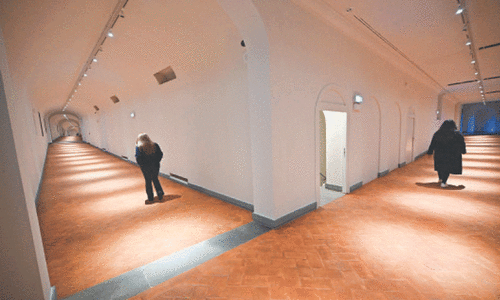LONDON: The ongoing trial of 10-year-old Sara Sharif has revealed that the young girl showed signs of starvation and had suffered “unusual” injuries, as detailed on the fourth day of the proceedings at the Old Bailey.
An osteoarticular pathologist testified on Thursday, stating that Sara’s bone marrow displayed an “unusual” appearance with a bluish tinge, which he identified as gelatinous transformation.
This condition is often associated with prolonged starvation or severe nutritional deprivation. However, Professor Anthony Freemont could not definitively link this as the direct cause of her death.
Sara’s father, Urfan Sharif, stepmother, Beinash Batool and uncle, Faisal Malik, have denied charges of her murder. On Wednesday, the court heard that Sara’s death resulted from “complications arising from multiple injuries and neglect,” according to a pathologist’s testimony.
Jurors were informed that Sara had been strangled, leading to a neck bone fracture, an injury that occurred up to three months before her death. Sara’s body was discovered at her home in Woking, Surrey, on August 10 last year, having sustained over 70 injuries.
Further examination revealed fractures in her fingers, believed to have occurred 12 to 18 days before her passing, based on the stage of healing. The court was also presented with cell site data showing that in the weeks leading up to Sara’s death, her father and uncle continued their daily routines, including going to work.
Meanwhile, Beinash Batool had spent time organising a child’s birthday party and visiting a hairdresser. Professor Freemont, when questioned about the nature of the injuries, stated that finding fractures of varying ages in different bones strongly suggested that the injuries were non-accidental. He reiterated that the changes in Sara’s bone marrow could have been caused by starvation or the abrupt cessation of nutrition.
Published in Dawn, October 18th, 2024















































Dear visitor, the comments section is undergoing an overhaul and will return soon.